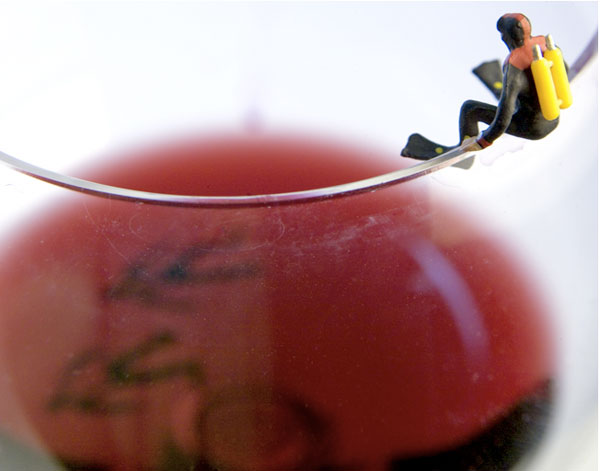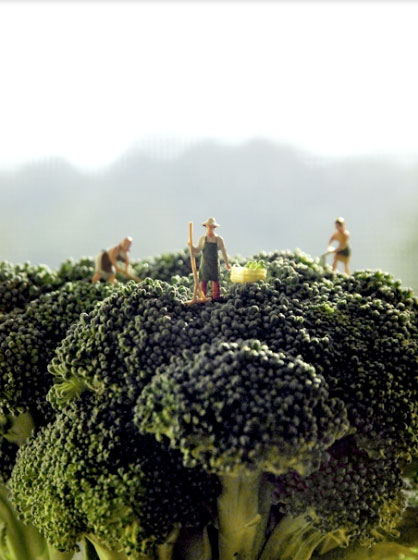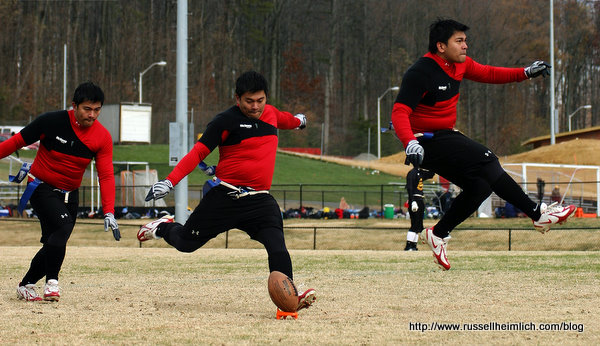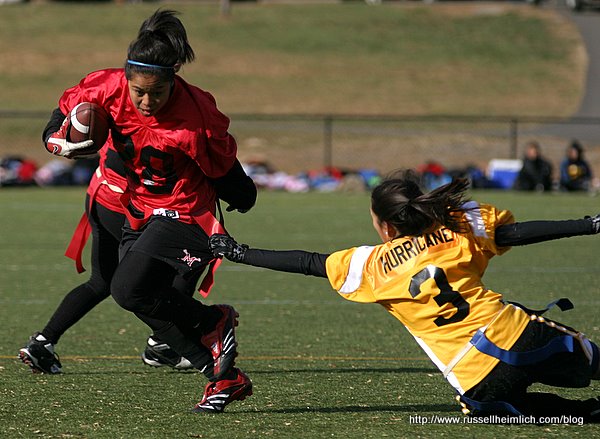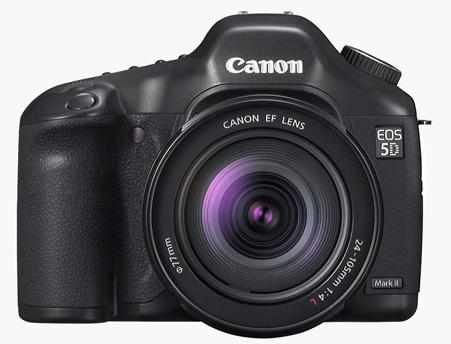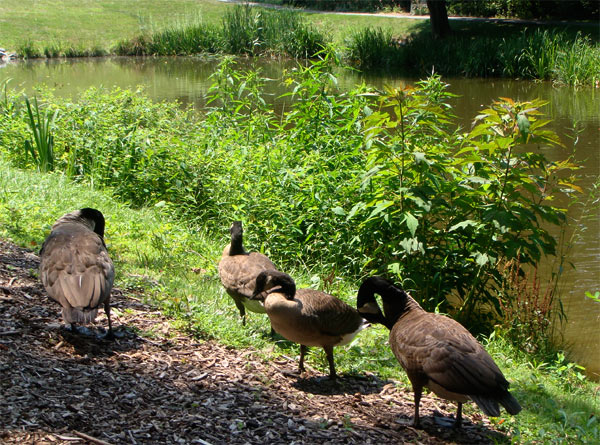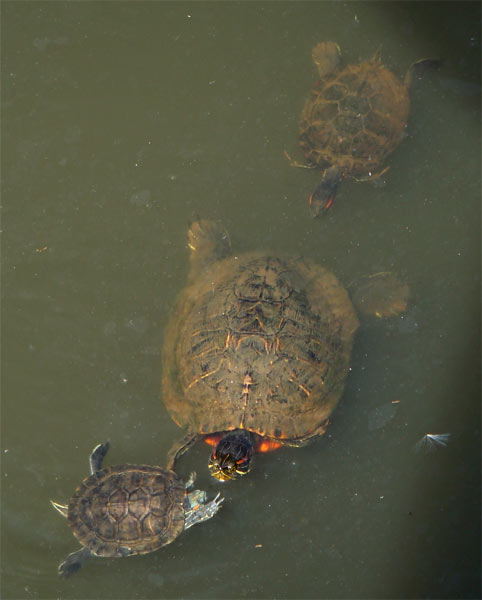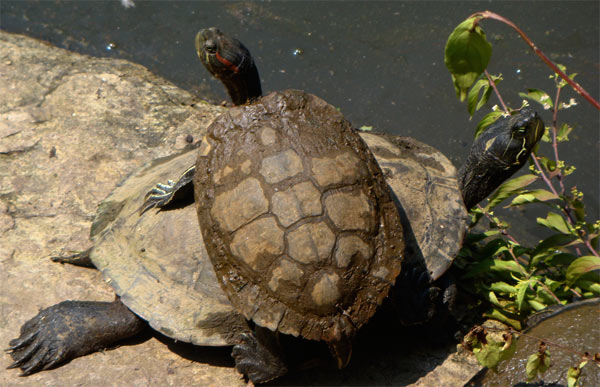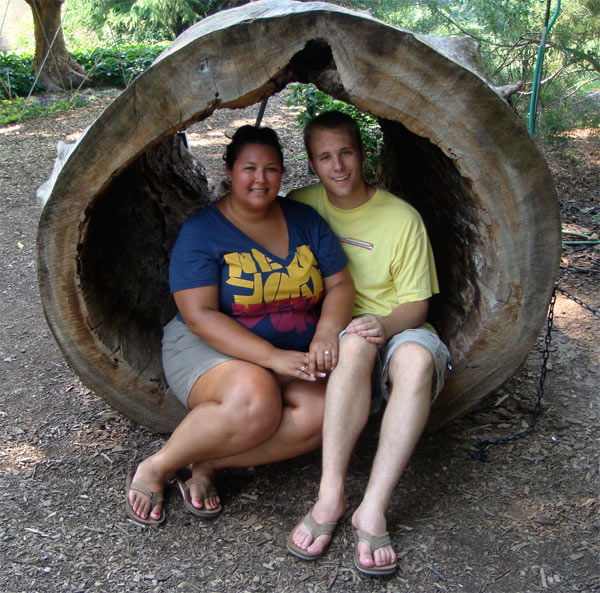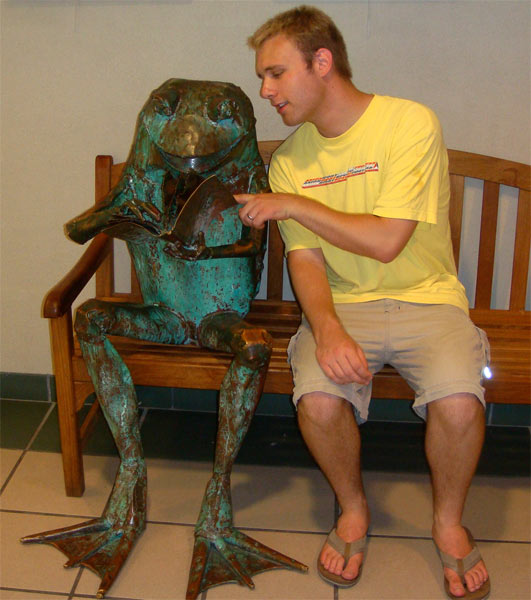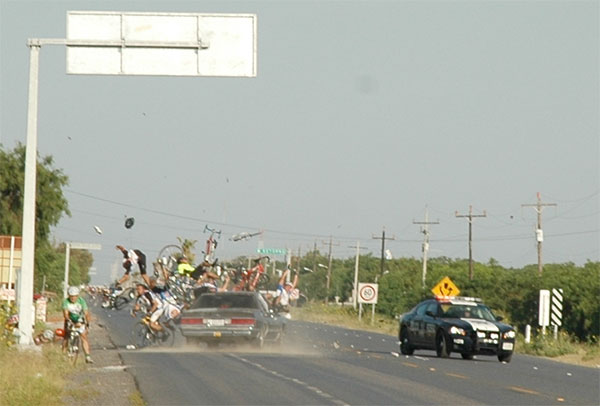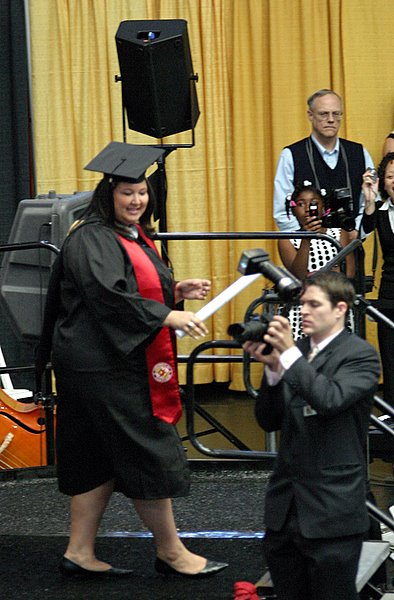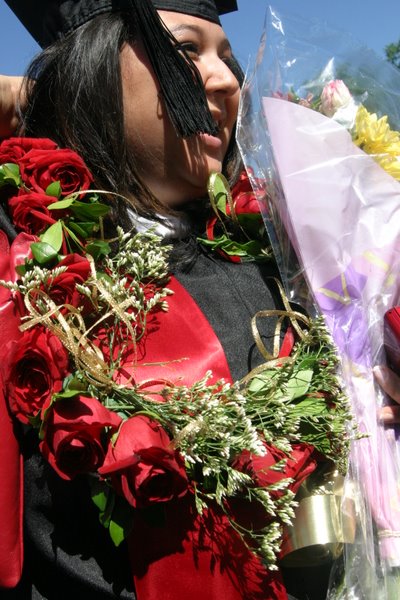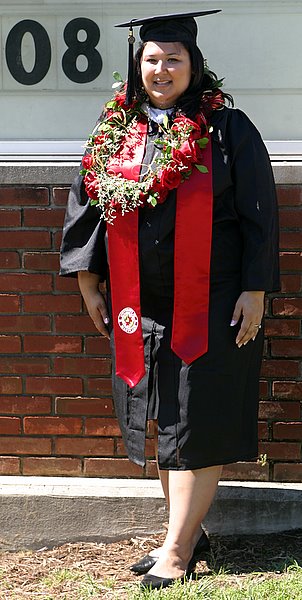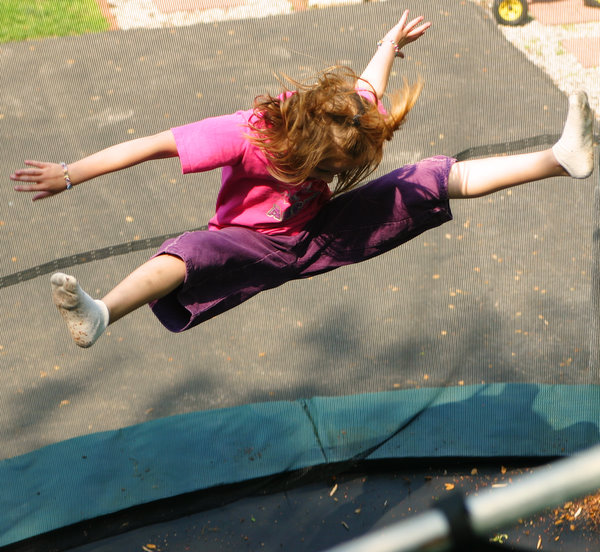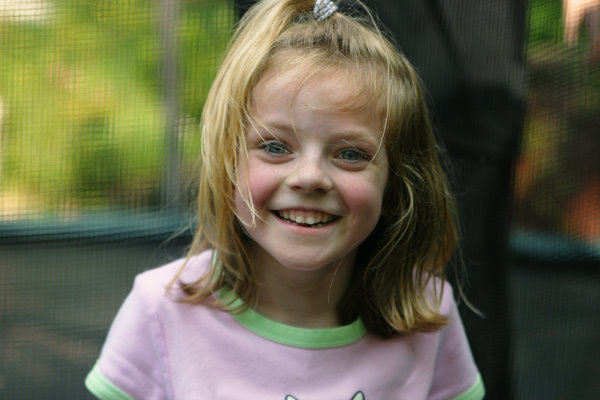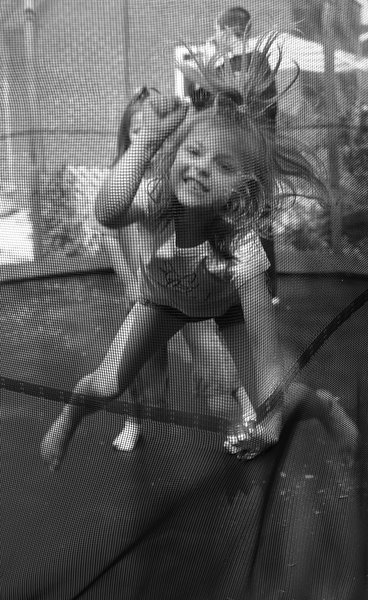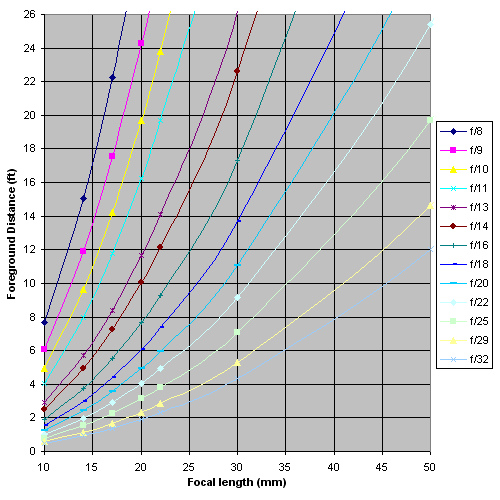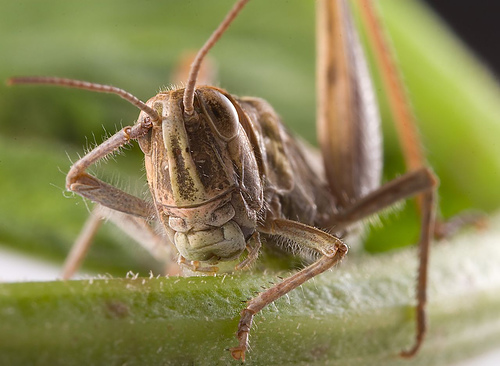I’ve been saving these two dead bugs for a while. I really wanted to take some detailed, close-up macro shots of them when I found the time. Well tonight was that time!
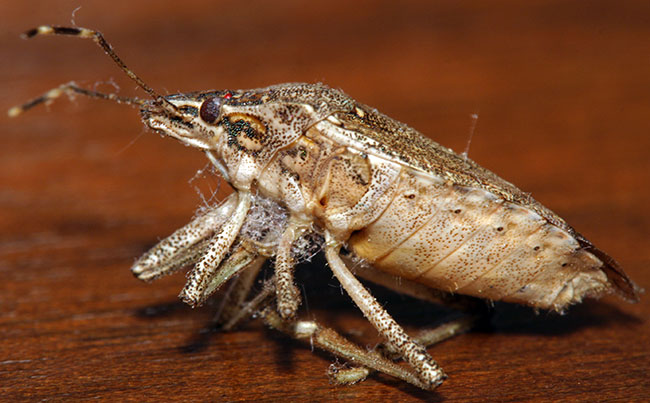
I believe the bug above is called an Assassin bug. At least that is how I always refered to it. As you can see this little bugger collected some dust while laying on it’s back.
Assassin bugs get their name because of the speed that they have to grab and poison their prey. They are carnivorous, or meat eaters, and use their powerful, jack-knife forelegs to grab their prey. They have sticky pads on these front legs, made up of thousands of tiny hairs, that stick to their victims and keep them from getting away. – source
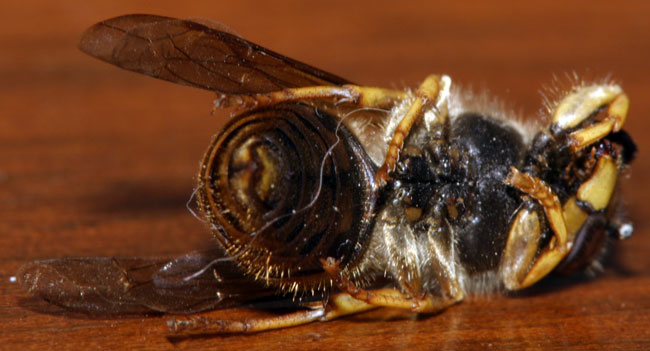
This looks like a typical honey bee found all over North America. It was hard to find an interesting angle for this guy but I ended up laying him on his side so I could get a glimpse of his underside.
For both of these pictures I used a Tamron 180mm 1:1 macro lens on my Canon 300D. I used an old Sony 200 watt video camera light to keep the shutter speeds high in order to reduce the effects of camera shake. When you are zoomed in as close as I was even the pressure on the shutter button is enough to cause unwanted motion blur on the subject.
on my Canon 300D. I used an old Sony 200 watt video camera light to keep the shutter speeds high in order to reduce the effects of camera shake. When you are zoomed in as close as I was even the pressure on the shutter button is enough to cause unwanted motion blur on the subject.
I experimented with different apertures mainly around f/5.6, f/8.0, f/11 and f/16 to see which would give me the best focus. f/16 was the one used in both of these photos and proved to be the winner of the night.
Photographing dead, lifeless bugs is good practice but I have no idea how macro photographers capture live, moving bugs with such crispness and clarity. One of these days I will venture outdoors with this macro lens and see for myself how to do it.

